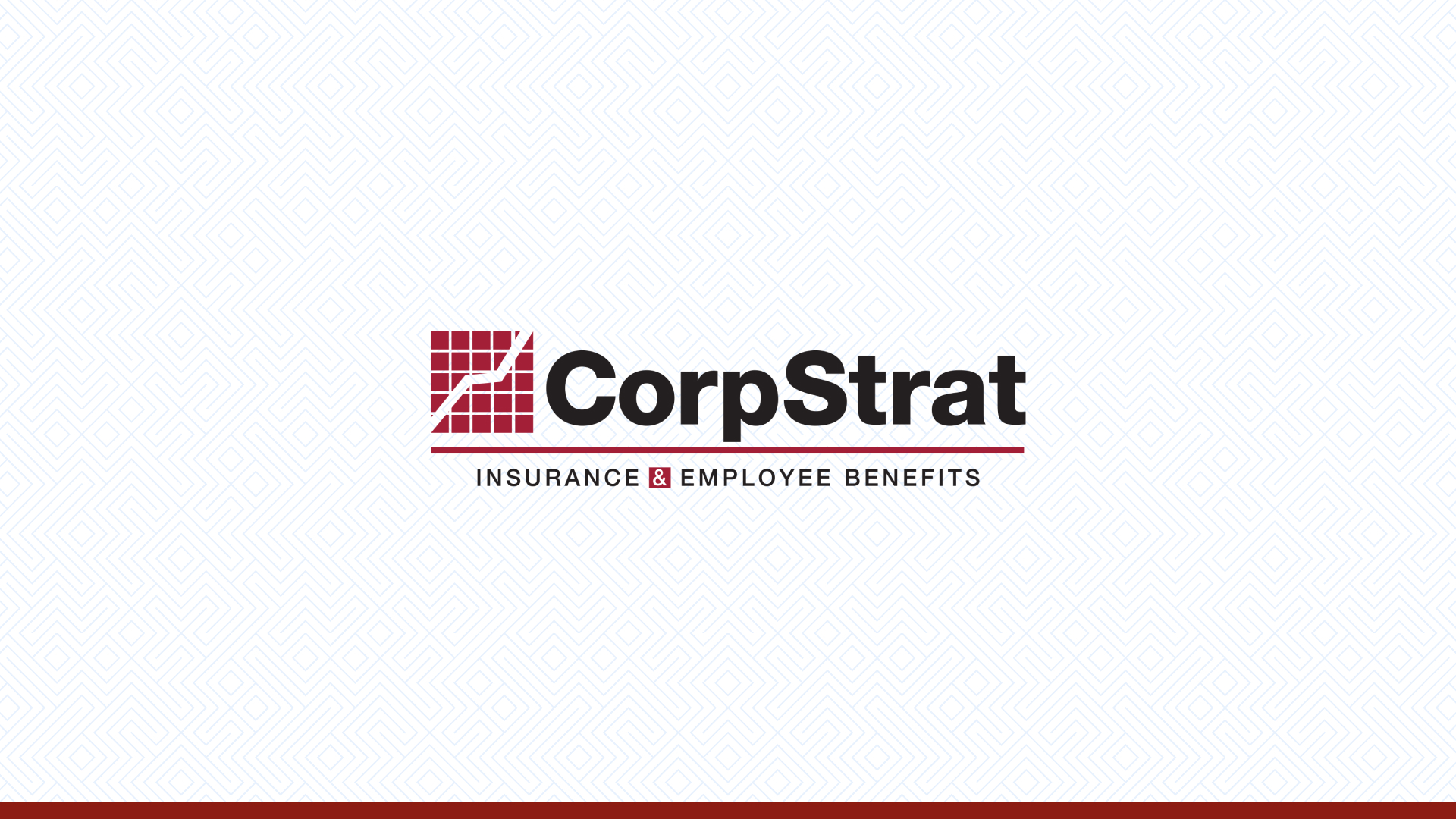The Washington Post –
October 9, 2013:
More workers at big U.S. companies will likely start paying a greater share of their doctor’s bill because of a health insurance shift forecast by benefits consultant Aon Hewitt.
Consumer-directed health plans, or CDHPs, could become the most common form of coverage offered by companies with 500 or more workers in the next three to five years, Aon Hewitt said Wednesday, as companies continue trying to cut health-care costs.
Under these plans, a smaller amount is usually taken out of employees’ paychecks for insurance. But the plans come with a deductible that can top $2,000 and must be paid before most coverage starts. That means a bill for more than $100 could replace the $20 co-payment the worker is used to after a doctor’s office visit.
It also means care like MRI exams will cost more for employees until they meet their annual deductible.
To ease that expense, CDHPs come with accounts fed by either the employer or employee through pre-tax
contributions to help cover costs.
Aon Hewitt said its annual survey of more than 800 large and mid-size U.S. employers found that 56 percent are offering CDHPs as a plan choice and another 30 percent are considering offering one in the next three to five years.
Many employers offer a choice of insurance plans for their workers, and most offer traditional plans with lower deductibles. But Aon Hewitt found that 10 percent offer CDHPs as the only option and another 44 percent are considering doing that.
Employers are considering these plans because they make workers aware of how much their care costs, which could help slow growth in health care expenses for companies. Patients tend to think more about what coverage they
need and how to get a better deal for it. That means the employee may fill a prescription with a generic drug instead of the pricier brand-name medicine. They also may look for a better deal on an MRI exam instead of heading to the nearest hospital.
Health care expenses and administrative costs for the coverage grew about 4 percent last year for employers with CDHP plans, according to Aon Hewitt. That compares with growth of 6 percent and 7 percent for more traditional health insurance plans with lower deductibles: HMOs, health maintenance organizations, and PPOs, preferred provider organizations.
Health care cost growth has slowed in recent years, but employers are still worried about it. Costs are still climbing faster than overall inflation, and companies also are concerned about a special tax on expensive health insurance coverage that starts in 2018 as part of the health care overhaul, the federal law that aims to cover millions of uninsured people.
“A lot of employers are trying to get their plans under cost control … just to avoid the impact of that tax,” said Maureen Fay, an Aon Hewitt senior vice president.
Employer-sponsored health insurance is the most common form of coverage in the United States, covering about 149 million non-elderly people according to the non-profit Kaiser Family Foundation, which researches health care issues.
Companies first started offering CDHPs to their employees about nine years ago. They made up 4 percent of all employer-sponsored plans offered in 2006, but have grown to about 20 percent this year, according to Kaiser’s annual benefits survey, which was released in August and is separate from the Aon study.
Gary Claxton, a vice president for the foundation, said he’s sure a lot of companies are considering CDHPs. Whether they wind up offering them is another matter. Companies have to spend a lot of time and money teaching their workers about the coverage, because it is different from more traditional plans.
He also noted that employers use benefits to retain
workers, and they have to make sure a switch to CDHPs doesn’t motivate their employees to leave.



